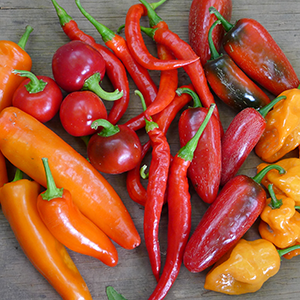
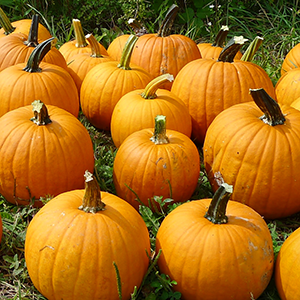
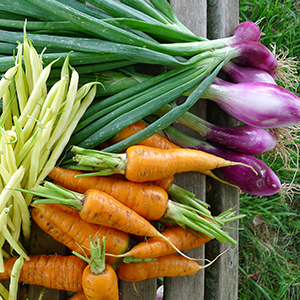
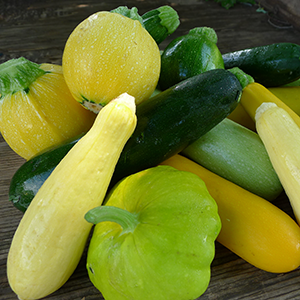
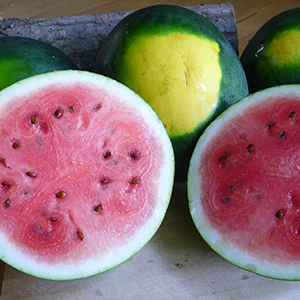
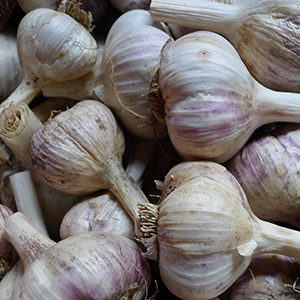



News and Notes | The Anchor Run Blog
Displaying a Single Post |
Show Recent Posts
November 13, 2017
Brief Arrival of Winter with Late Fall CSA
By Derek McGeehan
Brief Arrival of Winter with Late Fall CSA
By Derek McGeehan
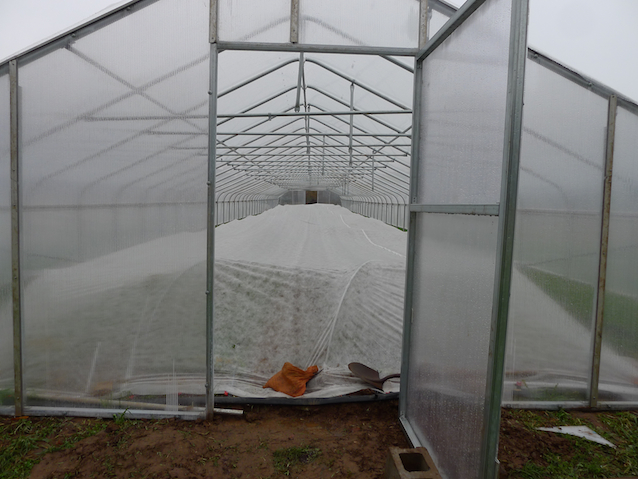
A view from the west end of our new hoop tunnel with inner layer of hoops and cover. Plants are kept warm and safe inside.
Mild, warm, hot, balmy, above-average, light frost, hard freeze, extreme weather = very thankful for our 4 winter growing structures: hoop house, green house, high tunnel, and hoop tunnel!
First the good news: as of Monday morning all of the fresh greens in our structures survived unscathed and field crops of kale (several hardy varieties) plus collards seem fine. It takes several days for plants to show damage or health after a freeze like the one we had so by midweek we'll probably be able to identify fully what we lost and what survived. Either way, we have hundreds of bed feet of kale to eat for the next year and a half. And, we have enough greens in the structures to keep all of us happy through the fall and winter months! We also harvested a lot of red cabbage, napa cabbage, lettuce, and escarole prior to the potential damage. Storage crops are obviously safe and okay.
A tough reality: we had our first taste of January weather but unfortunately in arrived in the first half of November instead. Record breaking cold following weeks/months of uncharacteristically warm weather surprises plants as well as us humans. The best case scenario for our field crops to tolerate a deep freeze is a slow cool down with a few minor frosts (36 degrees), hard frosts (30-32 degrees), and minor freezes (26-28 degrees) of immature and still growing plants, giving them a 'taste' of what's eventually coming. Last weekend's scenario was basically the opposite: most of our outside crops were fully mature after growing extremely quickly during the warmth of September and October and during October and early November we hardly had any light frosts, let alone a freeze of some kind (on average we receive our first light frost during the 1st half of October; our first heavy frost/light freeze the 2nd half of October). So, a low of 19 degrees is an extreme shock to a stationary plant that is used to lows above 40 degrees. Even with a gradual cool-down of some kind, temperatures in the teens will severely damage most unprotected crops. Heavy layers of floating row cover over top of low hoops can protect a certain amount (2-6 degrees) but wind greatly diminishes the efficacy.
Enter the super/mega/ultra importance of our bigger structures! The outer plastic layer protects 5-10 degrees and an inner layer of hoops and cover adds another 5-10 degrees of comfort. So, when it's 10 degrees outside, under the inner layer of a structure it might only be 30 degrees, all without the aide of supplemental heat. Additionally, our green house has the option of supplemental heat as added insurance, so we should be eating fresh greens all winter long no matter the weather!
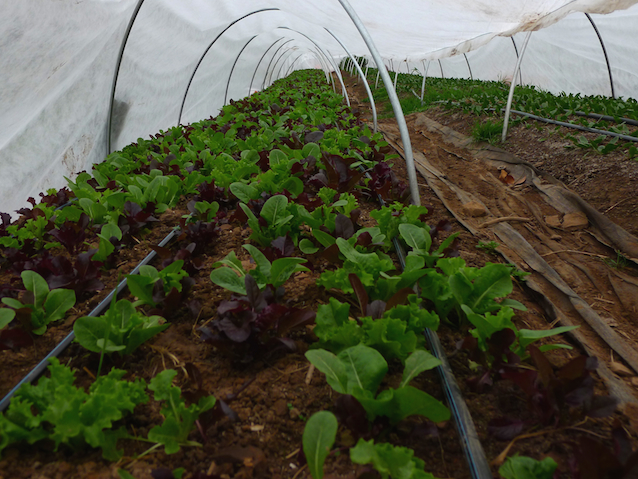
A view under the inner cover inside our hoop house. The lettuce mix is almost ready to be harvested.

POSTS BY TYPE
POSTS BY MONTH

